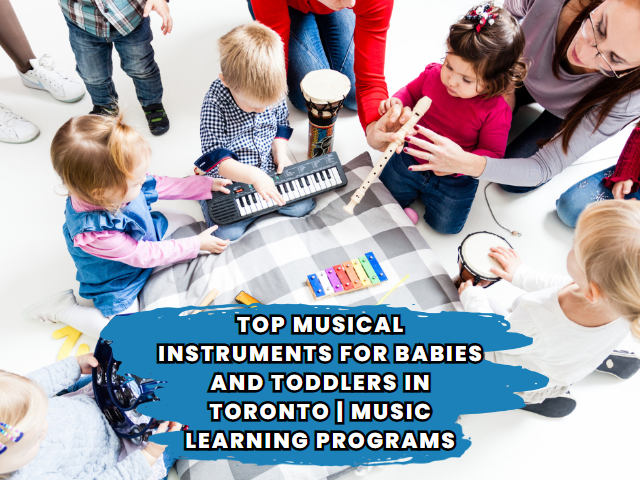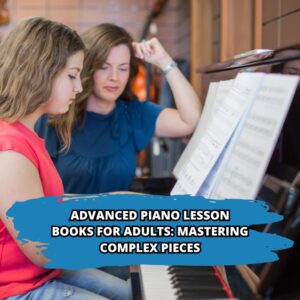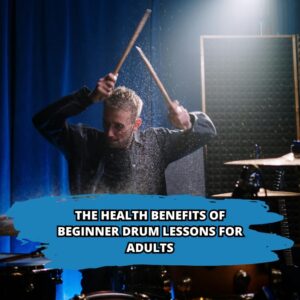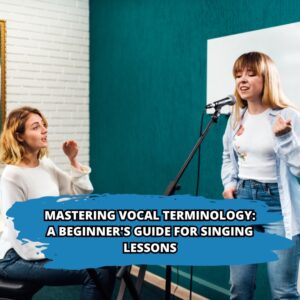Engaging Young Minds with Music
Music is a universal language that transcends age and culture. Introducing your child to music at an early age can have numerous benefits, from fostering cognitive development to promoting emotional expression. If you’re a parent in Toronto looking for a music learning program for babies, you’re in the right place! We’ve compiled a list of the top musical instruments for babies and toddlers, perfect for engaging your child in the magical world of music.
1. Percussion Instruments: Rhythm and Coordination
Percussion instruments are ideal for introducing babies and toddlers to the world of music. These instruments help develop their sense of rhythm and coordination, laying the foundation for more advanced musical skills. Some popular percussion instruments for young children include maracas, tambourines, and bongos. Additionally, castanets, small cymbals, and rhythm sticks are also great options to consider. Introducing a variety of percussion instruments allows your child to explore different sounds and textures, encouraging them to express themselves creatively and develop a strong musical foundation.
Maracas
Maracas are small, shaker-like instruments that are perfect for little hands. They produce a soft, soothing sound that babies and toddlers love. These instruments can be found in various sizes, designs, and colors, making them visually appealing to young children. Maracas can help improve a child’s motor skills, hand-eye coordination, and auditory perception.
Tambourines
With their jingling sound and easy-to-hold design, tambourines are an engaging instrument for young children. They come in various shapes and sizes, allowing your child to choose the one that best fits their hands. Playing the tambourine helps develop hand strength, coordination, and rhythm, making it an excellent choice for your child’s first musical instrument.
Bongos
Bongos are small drums that help develop hand-eye coordination and teach children about rhythm and tempo. They come in various sizes, making them suitable for children of different ages. Playing the bongo drums can help improve a child’s concentration, listening skills, and overall musical abilities.
2. Keyboard Instruments: Melody and Fine Motor Skills
Keyboard instruments are another excellent choice for babies and toddlers. They help develop fine motor skills, hand-eye coordination, and introduce children to the concept of melody. Some popular keyboard instruments for young children include pianos, xylophones, and even mini electronic keyboards. These instruments allow children to experiment with different sounds, tones, and rhythms, while also developing their finger strength and coordination. Providing your child with a variety of keyboard instruments can help spark their curiosity and encourage a lifelong love of music and learning.
Pianos
Miniature pianos or keyboard toys are perfect for young children. They can experiment with different sounds and learn about high and low notes. These instruments come in various sizes and designs, making them suitable for children of different ages. Playing the piano can help improve a child’s finger strength, coordination, and spatial-temporal skills, which are essential for math and science learning.
Xylophones
With their colorful bars and pleasant tones, xylophones are a fun and educational instrument for babies and toddlers. They help develop a child’s hand-eye coordination, fine motor skills, and introduce them to the concept of melody. Playing the xylophone can also help improve a child’s concentration, listening skills, and overall musical abilities.
3. String Instruments: Creativity and Dexterity
String instruments help develop creativity and dexterity in young children. They also introduce them to the concept of harmony and pitch. Some popular string instruments for babies and toddlers include ukuleles, toy guitars, and even small violins or cellos designed specifically for young learners. By exposing your child to a variety of string instruments, they can explore different sounds and techniques, helping to foster their creativity and self-expression. String instruments also help to develop hand-eye coordination, finger strength, and listening skills, all essential for their overall musical growth.
Ukuleles
Ukuleles are small, four-stringed instruments that are perfect for little hands. They produce a soft, soothing sound that babies and toddlers love. These instruments come in various sizes and designs, making them visually appealing to young children. Ukuleles can help improve a child’s finger strength, coordination, and overall musical abilities.
Toy Guitars
A miniature guitar can help young children develop finger strength and dexterity while familiarizing them with the basics of playing a stringed instrument. Toy guitars come in various sizes and designs, making them suitable for children of different ages. Playing the guitar can help
improve a child’s hand-eye coordination, listening skills, and overall musical abilities. Additionally, toy guitars can help foster creativity and self-expression in young children.
4. Wind Instruments: Breath Control and Expression
Wind instruments teach children about breath control and expression while helping them develop their oral motor skills. Some popular wind instruments for toddlers include recorders, harmonicas, and even small flutes or whistles. By introducing your child to a variety of wind instruments, they can develop their breath control, articulation, and phrasing skills. Moreover, playing wind instruments can help improve a child’s concentration, listening skills, and overall musical abilities. As they grow, they can experiment with more advanced wind instruments, further enhancing their skills and knowledge.
Recorders
These simple wind instruments are an excellent introduction to playing music. They teach children about pitch, melody, and rhythm. Recorders come in various sizes and designs, making them suitable for children of different ages. Playing the recorder can help improve a child’s finger strength, coordination, and overall musical abilities. It can also help develop their breath control, articulation, and phrasing skills.
Harmonicas
With their easy-to-hold design and distinctive sound, harmonicas can captivate a child’s interest while teaching them about breath control and expression. Harmonicas come in various sizes and designs, making them suitable for children of different ages. Playing the harmonica can help improve a child’s listening skills, concentration, and overall musical abilities.
5. Other Fun and Educational Musical Instruments for Babies and Toddlers
In addition to the above instruments, there are many other fun and educational musical instruments that babies and toddlers can enjoy. Some of these include rainsticks, hand bells, kazoos, and even small accordions or melodicas. By providing your child with a diverse range of musical instruments, you can help stimulate their curiosity and encourage them to explore the world of music. Each instrument offers unique benefits, helping to develop various skills, such as motor skills, hand-eye coordination, auditory perception, and breath control. This comprehensive approach will help nurture your child’s musical talents and lay the foundation for a lifetime of musical enjoyment.
Rainsticks
Rainsticks are long, hollow tubes filled with small pebbles or beads that create a soothing rain-like sound when turned upside down. They help develop a child’s listening skills, hand-eye coordination, and sensory perception. Rainsticks come in various sizes and designs, making them visually appealing to young children.
Hand Bells
Hand bells are small, colorful bells that create a pleasant sound when shaken. They help improve a child’s motor skills, hand-eye coordination, and auditory perception. Hand bells come in various sizes and designs, making them visually appealing to young children.
Kazoos
Kazoos are simple wind instruments that create a buzzing sound when played. They help develop a child’s breath control, articulation, and phrasing skills. Kazoos come in various sizes and designs, making them suitable for children of different ages.
Conclusion: The Joy of Music for Babies and Toddlers
Introducing your child to the world of music at an early age can create a lifelong love of music and have lasting benefits on their overall development. By choosing the right musical instruments for babies and toddlers and enrolling them in a high-quality music learning program, you’ll be supporting their cognitive, emotional, and social growth. As they explore different instruments and musical styles, they will develop essential skills such as creativity, coordination, and self-expression. So, embark on this exciting musical journey with your little one and witness the joy and enrichment that music brings to their lives by booking a free trial.
Top Musical Instruments for Babies and Toddlers in Toronto | Music Learning Programs










